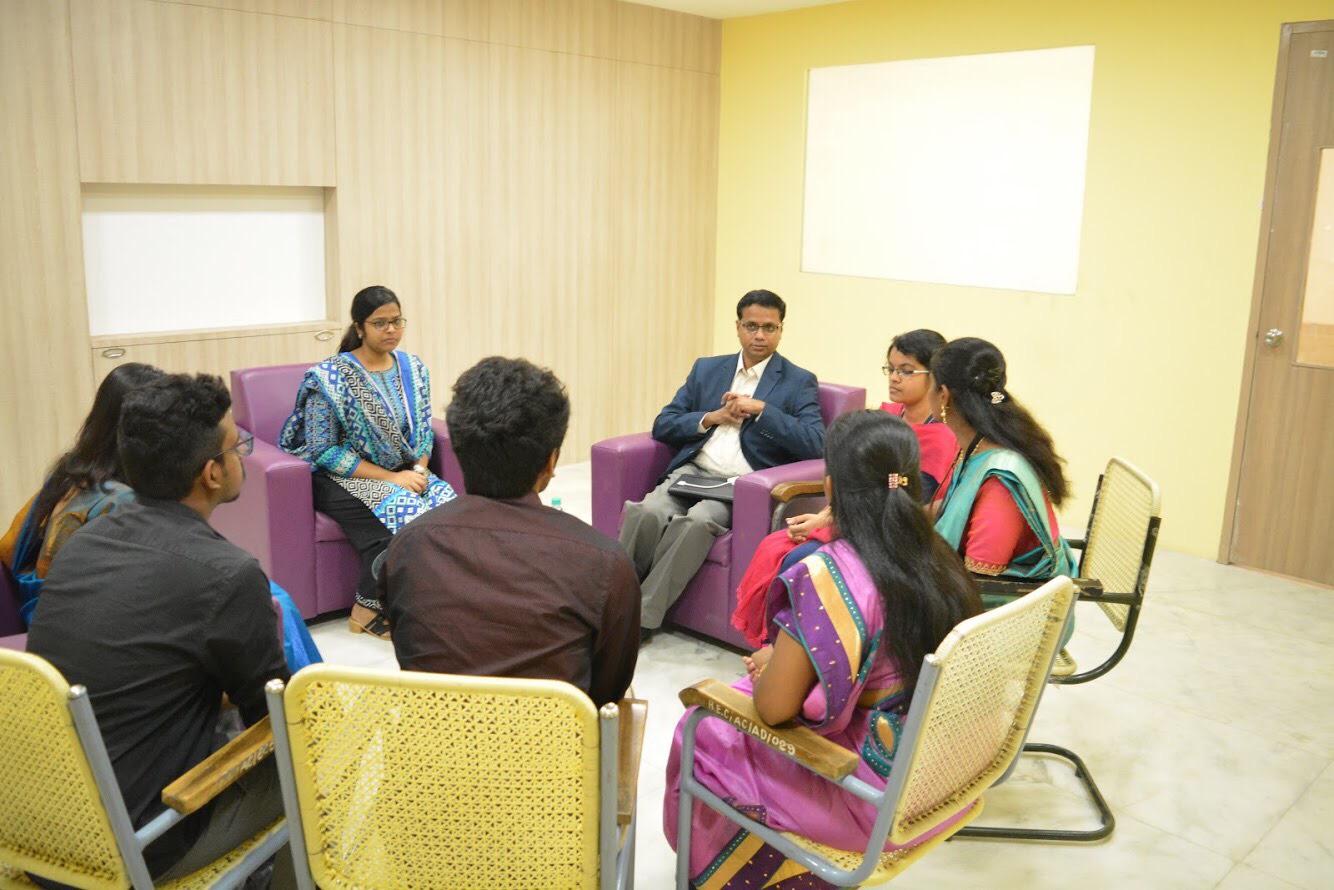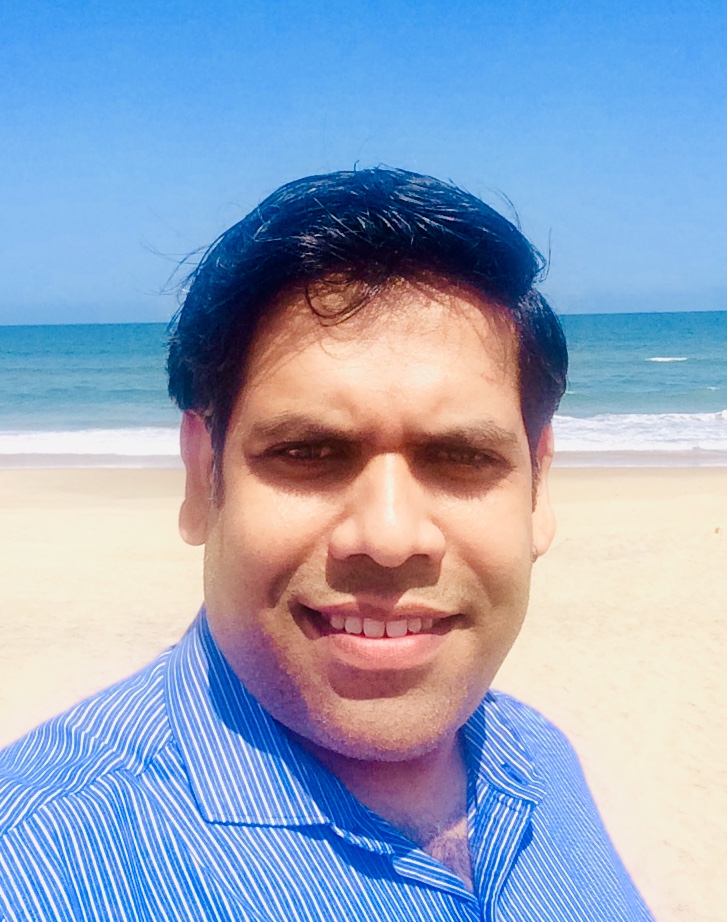Dr Madhavan Jagadeesan

Date: 14th July 2018
Place: : Chennai
Dr Madhavan Jagadeesan is an ocular geneticist, molecular biologist & genetic counsellor. He additionally serves as the director of Dualhelix genetic diagnostics Pvt Ltd, Director of Academics & Research at Vasan Medical Research Foundation, and an adjunct Professor in the dept. of Genetic Engineering at SRM University, Katangulatur.
We had the honour and privilege of having a productive session with him on the 14th of July to discuss how we could improve our project this year. After the preliminary project explanations were given to him by our team members, he had two factors for us to consider. Firstly, our project was focussed towards screening the successful occurrence of substitution mutations. We had failed to consider the possibility of how our system would screen addition and deletion mutations and picked his brains on how we could achieve the same. We were able to use the suggestions we received and due to his timely help, we were able to make the necessary modifications.
Another query that he had with respect to our project was how our system would work when mutations were present in close proximity to one another and also when we wanted to screen whether larger genes of interest had been mutated or not. His inputs made us reconsider a few things with respect to our project and gave us a new perspective of understanding.
We plan on incorporating as many of his suggestions as possible in our working experiments this year. We hope that certain questions that we may not have been able to address get addressed by the future teams in the coming years.

